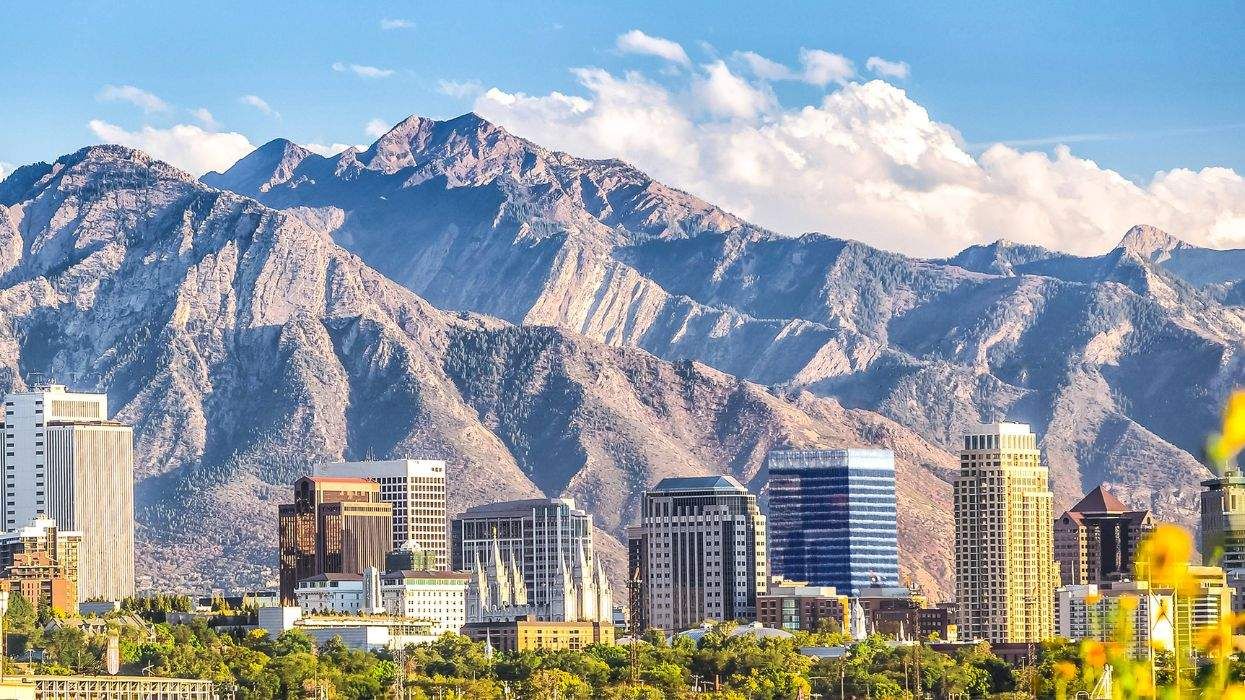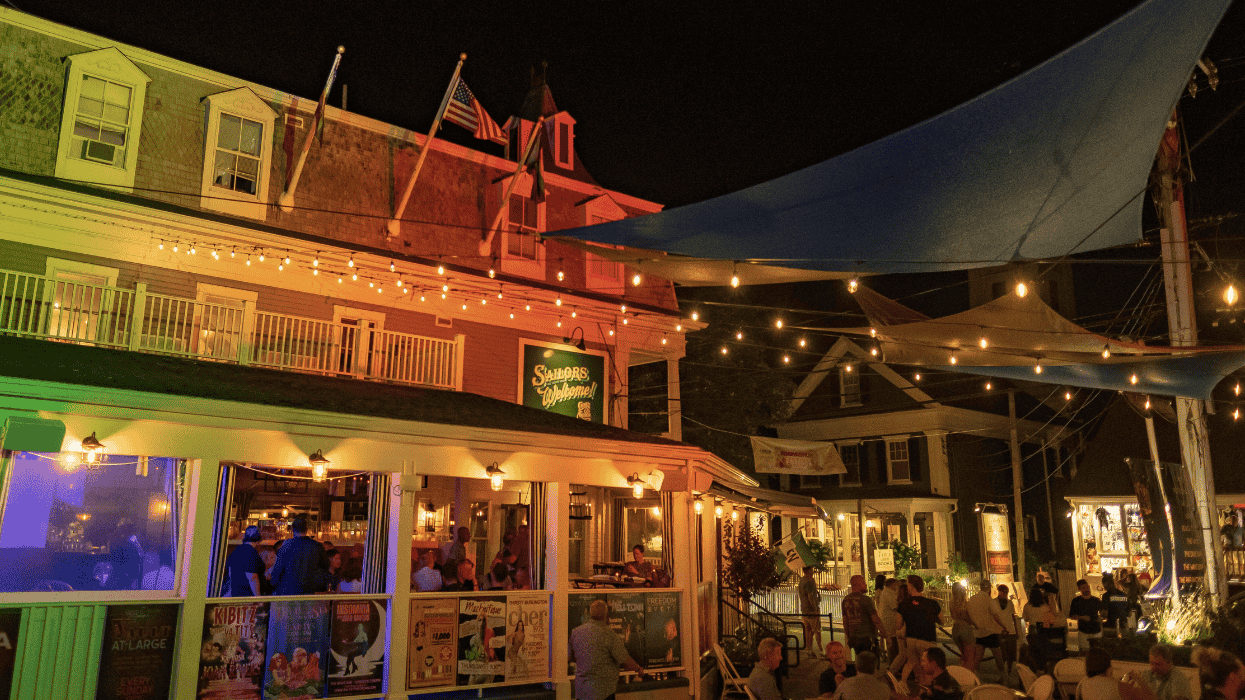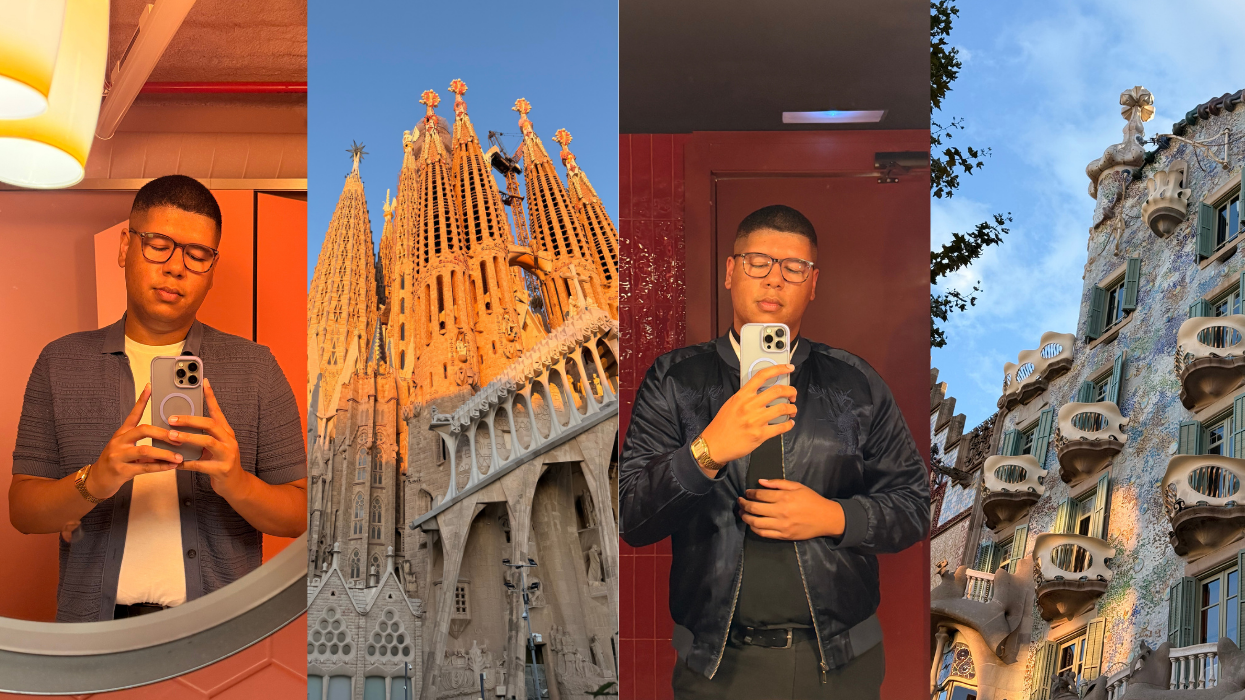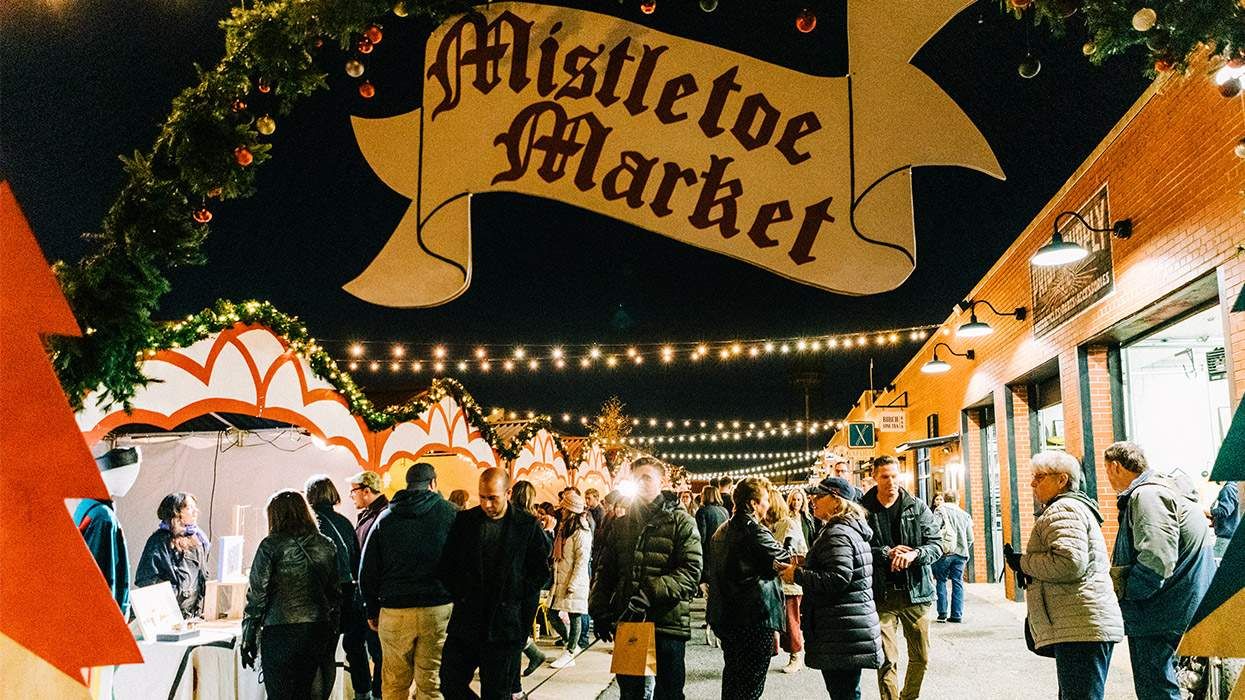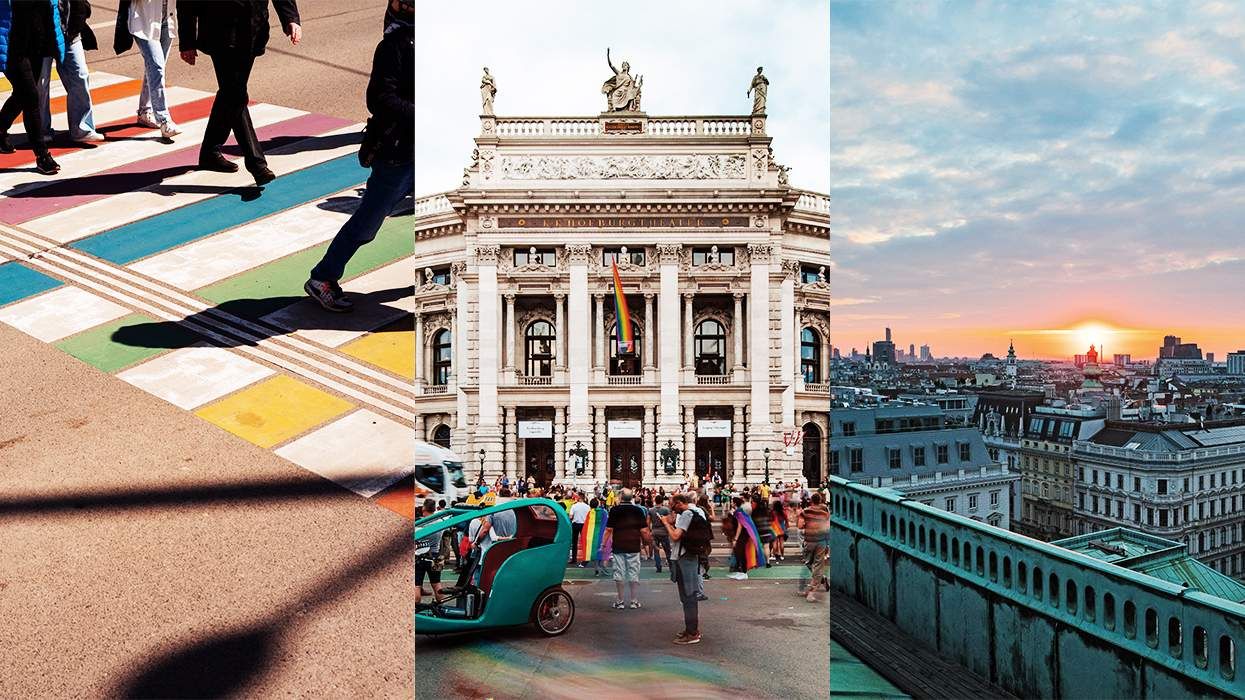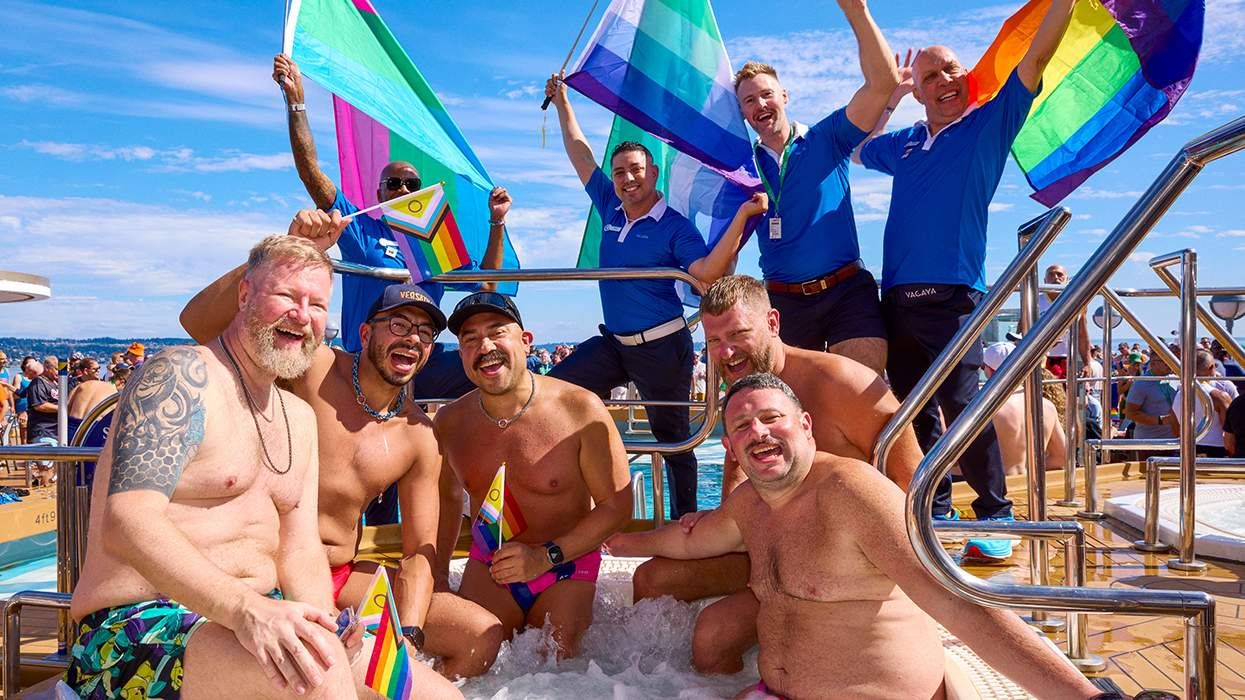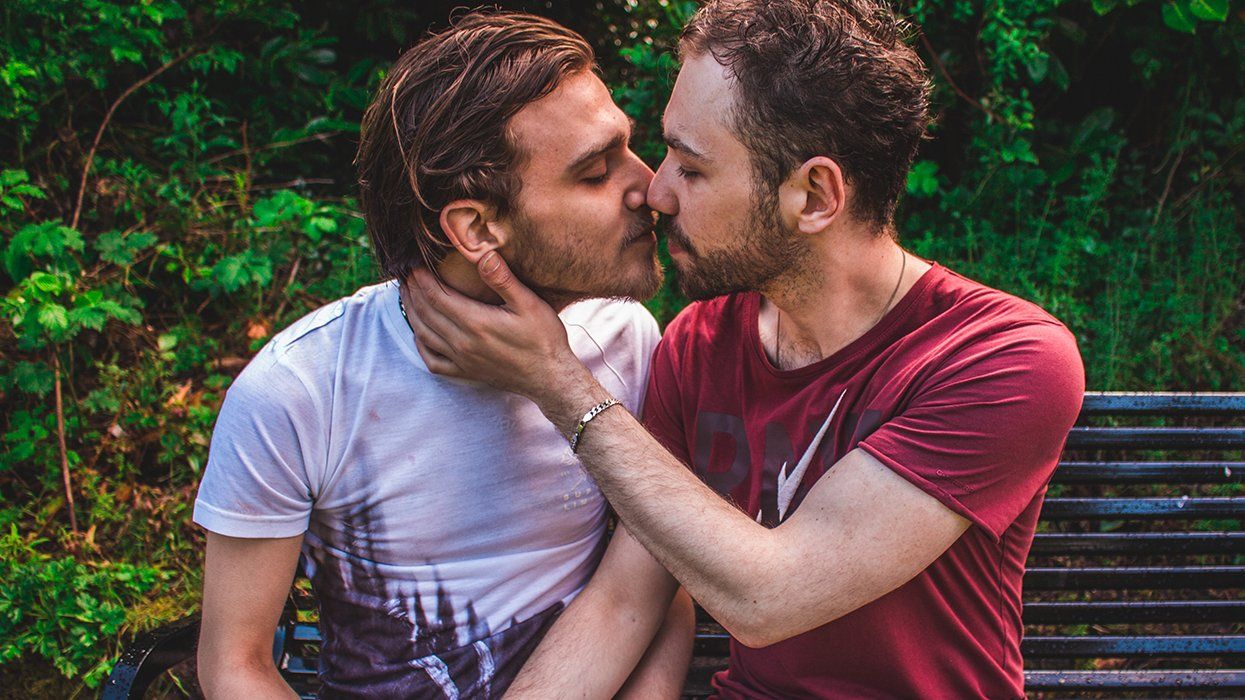On February 14, 1972, a week before Nixon touched down in China, Howard Hughes flew to Nicaragua, with an eye to develop a string of resort hotels. A front-page story in The Chicago Tribune recorded how the eccentric Hollywood mogul had relocated with "several members of [his] all-male secretarial and security staff" and taken over the top floor of Managua's Intercontinental Hotel. Ten months later, on December 23, the city was devastated by a 6.2-magnitude earthquake that destroyed 80% of its buildings. Hughes fled back to the Bahamas, his plans for turning Nicaragua into a tourist hot spot abandoned.
It has taken a long time for Hughes's dream to materialize, but the largest country in Central America is finally following in the path of its southern neighbor, Costa Rica. Hughes's failure may be Nicaragua's blessing, sparing its pristine Pacific coastline the ugly tower blocks that were popular in his day. By contrast, Mukul, one of the country's first luxury resorts, reflects the current vogue for small, low-impact chalets--love nests, really, each with its own plunge pool and sea vistas. Arranged almost surreptitiously around a sickle-shaped cove, with wide paths curling up and around steep slopes, Mukul is the brainwave of Nicaragua's first billionaire, Carlos Pellas, whose company owns Flor de Cana, the country's smooth, storied rum, of which there is no shortage at the resort. Just don't request a Cuba Libre--it's a Nica Libre here. Mukul's version errs politely on the side of rum.
(Left) Inside a palapa at Mukul Resort. (Top Right) Guest bath at Mukul Resort. (Bottom Right) Guest villa at Mukul Resort. (Photos courtesy of Mukul Resort)
Nicaragua is one of the poorest countries in the hemisphere, and Mukul still feels like something of an anomaly in a nation catering primarily to backpackers. Although change is coming--including plans to build a new coastal road, connecting previously hard-to-reach shore towns--visiting Nicaragua today is to experience that rare sensation of arriving early to the party.
Americans have been trickling here since the end of the Contra War of the 1980s, but it doesn't take a lot to fall under the beguiling illusion of uncharted territory and limitless adventure. Mukul is a splendid hideaway from cares, where you can learn to surf or join a yoga class high above the Pacific waves, but it's also within striking distance of several natural wonders. On Lake Nicaragua, a three-hour kayak trip down the Rio Istian, a marshy estuary on the island of Ometepe, will transport you to an idyll of tropical birds, howler monkeys, and, if you're lucky, the odd sighting of a caiman or two. At dusk, the surface of the lake puckers and pops in the waning light as thousands of fish come up to feed on the flies. On a four-hour trek on the slopes of Maderas, one of two volcanoes on the same island, you feel spectacularly lonely but for the farmers harvesting sorghum. The petroglyphs carved onto the giant boulders are gentle reminders that you're not the first, and surely not the last, to come this way.
(Top Left) Kayaking through an estuary in Ometepe. (Right) Kayaking toward Concepcion Volcano at Ometepe. (Bottom Left) Smoke rising off the top of Concepcion Volcano at Ometepe. (Photos by Aaron Hicklin)
Maderas is no longer active, but Nicaragua is full of volcanoes that are, including Masaya, known to the Spanish invaders, for good reason, as the "Mouth of Hell." Located between the capital, Managua, and the colonial city of Granada, it's one of only three volcanoes in the world where you can stand on the rim and look down into the molten lava below. It's easy to feel humble in such a place, where the earth is still largely in command. In Granada, too, you see the impact of earthquakes and volcanoes--the houses here are simple one- and two-story affairs, painted in bright pinks and yellows, offering glimpses of dark interiors in which families sit around in the high-backed rocking chairs that are characteristic of the city. Mukul calls them "Grandma chairs," and has carefully sourced its furnishings and materials locally. Even the art on the walls of the villas comes from recycled Flor de Cana barrels.
On trend, as it must be, Mukul will soon add a farm to its facilities, designed in collaboration with New York's farm-to-table guru Blue Hill. Guests will be able to pick vegetables in the morning, watch them being prepared in the afternoon, and then eat them beachside for dinner. Just don't sit too close to the manchineel trees on the beach--a sign warns guests that even the scent of the tiny apples that cluster on the branches might be enough to kill you. Agatha Christie would have swooned.
You will swoon, too, if you are lucky enough to participate in the hotel's turtle-release program. Nicaragua's Pacific coast is one of a dwindling number of spots where the critically endangered hawksbill turtle comes to nest, along with green turtles, leatherbacks, and the delightfully named olive ridleys. Turtles are liberated at sundown, and watching the little critters scurrying into the ocean to take their chances feels sacred and profound: Only one of every 1,000 will survive to adulthood, which puts things into perspective as you stand on the sand, throwing back a Flor de Cana Sunrise. Mukul is doing its part to ensure that enough of them will make it back to lay their own eggs in turn, discouraging egg-poaching by incentivizing locals to gather plastic bags (which can suffocate turtles) from the shore. These are then recycled into ingenious baskets and sold back to the guests.
In other ways, too, Nicaragua is fast establishing its credentials as a locus for sustainable tourism. From the boat to Ometepe, you can see the wind turbines blossoming along the shoreline, part of a massive initiative to derive 90% of the nation's power from renewable sources by 2027. Already the country is at 58%, and there is much emphasis on the use of reclaimed wood in boutique hotels like the zen den Jicaro Island Ecolodge, which lures tourists to Las Isletas--a chain of islands on Lake Nicaragua--and Granada's serene Tribal Hotel, all whitewashed walls and wooden beams.
A cozy nook at Tribal Hotel. (Photo by Aaron Hicklin)
Tribal's rooms are furnished with woven rugs and modern art, and surround a sun-dappled courtyard, fringed with banana trees, where generous breakfasts are served alongside a French press of velvety-smooth Nicaraguan coffee. A lazy morning lounging around the pool is the quintessence of R&R, but make time to venture out. The staff, dressed in utilitarian white cotton pants and shirts, are keen to arrange trips, tour guides, and restaurant bookings. Take their advice and try Espressionista, occupying the ground floor of an airy villa on Calle Real Xalteva, with mismatched chairs and tables, an open kitchen, and a sophisticated menu, on which the garlicky raw almond and watermelon soup is a standout. For most visitors, Granada--just 40 minutes from the airport--is a perfect way to end a trip, making Espressionista the scene for both a valedictory dinner and a fervent resolution: You will come back to Nicaragua. And soon. There's still so much left to explore.
Like what you see here? Subscribe and be the first to receive the latest issue of Out. Subscribe to print here and receive a complimentary digital subscription.







